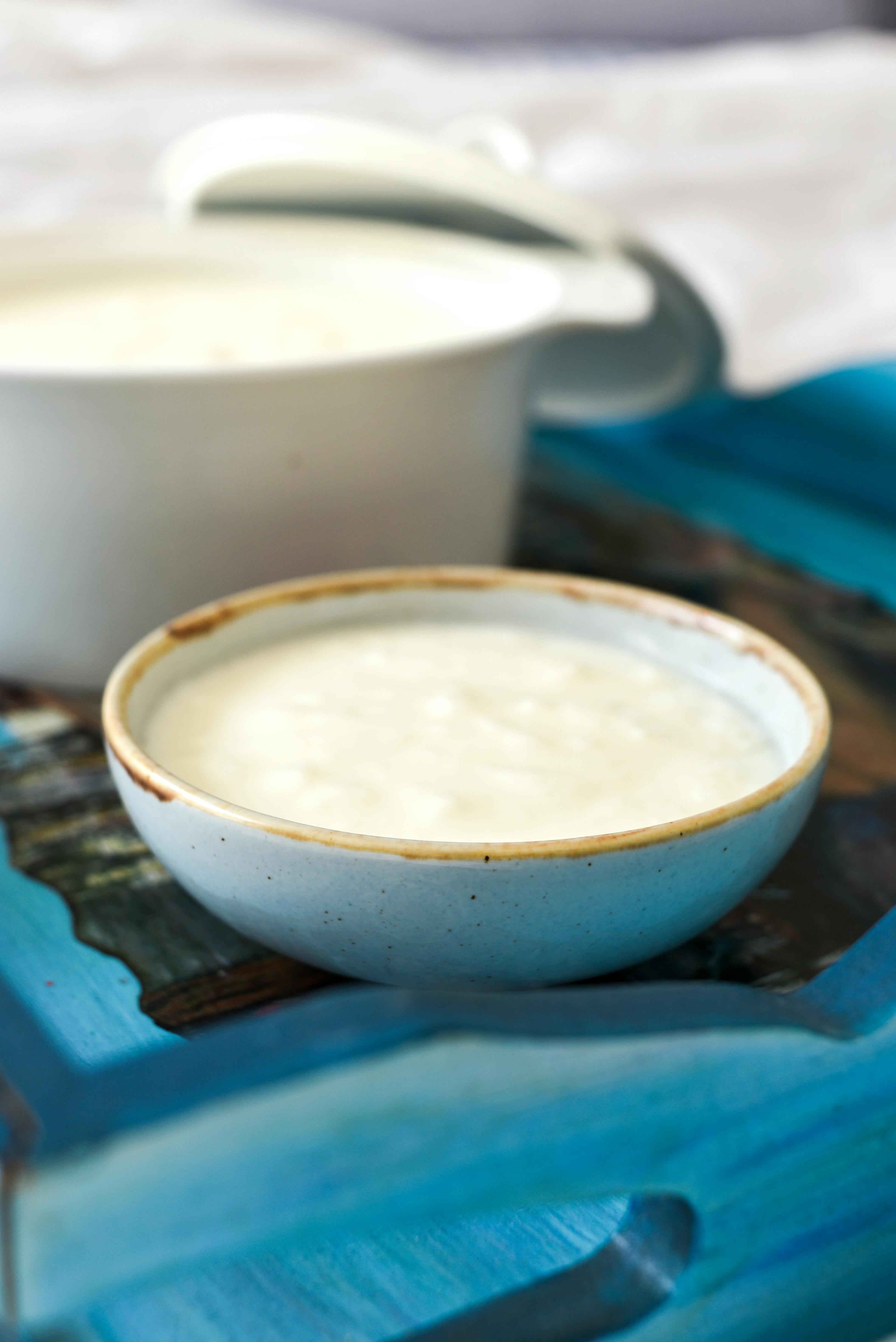Essential Guide to How to Draw a Plane for Beginners in 2025

Essential Guide to How to Draw a Plane for Beginners in 2025
Drawing a plane may seem daunting at first, but with the right techniques and guidance, anyone can master the art of airplane illustrations. Whether you’re a beginner or looking to refine your skills, this guide will walk you through various methods and tips focused on drawing techniques for aviation. By making your artistic journey enjoyable, we hope to cultivate a passion for aviation art in everyone, especially young artists.
This plane drawing tutorial will cover everything from necessary materials to sketching fundamentals. Expect to learn important airplane drawing tips, visual techniques, and how to enhance drawing skills, allowing you to create impressive plane artwork. By the end of this guide, you’ll be well-equipped to tackle various airplane designs, from commercial jets to whimsical cartoon planes.
Here’s a roadmap of what you’ll discover:
- Essential materials for drawing planes
- Step-by-step instructions for different drawing styles
- Guidelines for perspective drawing of a plane
- Fun and creative activities to engage children's interest
- Advanced techniques to take your skills to the next level
Let's embark on this artistic adventure, learning to create stunning airplane drawings and sketches!
Gathering Your Plane Drawing Materials
Before diving into drawing a plane, it's crucial to gather the right plane drawing materials. The quality of your supplies can significantly influence the final outcome of your artwork. Start by selecting the best paper for drawing planes, such as sketchpads or heavier watercolor sheets, which can handle different mediums.
Next, consider using a variety of pencils. For initial sketches, a range of harder pencils (like H and 2H) is ideal to create light outlines. Softer pencils (like B and 2B) can be utilized for shading and adding depth to your drawings. Additionally, markers, colored pencils, and even digital tools can enhance your creative process.
Don’t forget about erasers! They are essential for refining your sketches and creating highlights. As you progress, being able to erase mistakes or unnecessary lines will lead to cleaner, more professional-looking plane illustrations. With these materials, you'll be well-prepared to start your drawing journey.
With your materials at the ready, let’s move onto techniques for capturing the essence of aircraft in your drawings.
Mastering Basic Drawing Techniques for Planes
Building a solid foundation in sketching fundamentals is pivotal for drawing airplanes. Start by practicing simple shapes because most aircraft can be broken down into basic geometrical forms like rectangles, circles, and triangles. This method not only simplifies the process but also helps you understand the proportions and dimensions of planes.
Next, hone your observational skills. Study pictures of airplanes, noting their distinctive features such as wings, fuselage shapes, and tail designs. Try sketching them from different angles to familiarize yourself with their anatomy. Developing a strong understanding of an airplane’s structure enhances your ability to render realistic plane sketches.
Creating Realistic Airplane Drawings
For realistic airplane drawings, mastering perspective drawing is essential. Start with simple horizon lines and vanishing points to establish depth in your illustrations. When drawing an airplane in flight, pay close attention to the angle of the wings and the tilt of the plane's body, which can dramatically affect the perceived movement.
A common mistake when starting is neglecting the scale of the airplane in relation to the background. Always sketch contextual elements like clouds and landscapes to create a more engaging plane drawing that feels integrated into its environment.
As you practice, utilize shadows and highlights effectively. Understanding light source will help you generate depth and realism, transforming flat sketches into three-dimensional representations. Advanced techniques such as cross-hatching or stippling can further enhance your drawings.
This naturally leads us to explore step-by-step plane drawing methods that make the learning process clear and manageable.
Step-by-Step Guide for Drawing Different Aircraft Styles
Let’s explore a variety of airplane styles, starting with the simple biplanes and progressing to commercial jets. Each step will include clear instructions and artistic techniques tailored for beginners.
Drawing a Basic Airliner
To draw a basic airliner, begin with the fuselage - a long oval for the body followed by shorter ovals for the wings and tail. This fundamental sketch will serve as the framework for your drawing. After laying the foundation, you can refine shapes based on observed details from reference images.
Once you’re satisfied with the outline, slowly add characteristic details such as windows, engine shapes, and tail designs. Using a pencil, you can easily adjust these features until they meet your liking. Adding illuminated elements reflecting sunlight can create a dynamic visual effect.
Sketching a Cartoon Airplane
Cartoon airplanes permit much more creativity and fun. Start with exaggerated shapes - large round engines, oversized wings, and a playful nose. Keep your lines loose and free. Since these representations focus less on realism, prioritize fun expressions and vivid colors.
Incorporate charming details such as smiling faces or whimsical decals to make your cartoon airplane engaging and friendly. Allow your imagination to take flight during this process, as it can be a great exercise in creativity. Remember, the aim is to enjoy the drawing experience.
Complex Drawings of Military Aircraft
When it comes to military aircraft, complexity, and detail are key. Begin with constructing an elongated fuselage, followed by sharp angles for wings and tails. Military aircraft often have multiple designs and colors, so research your chosen type for accurate representation.
Your airplane drawing may explore camouflage patterns or insignias that express the aircraft’s history or origins. Focus on highlighting the power and engineering that these machines embody through carefully observed details.
By practicing these varying techniques, you’re not just developing your skills but also allowing your creativity to grow. Next, let’s dive into some fun activities for kids that will make learning to draw planes even more enjoyable.
Engaging Children's Plane Drawing Activities
Introducing children to airplane drawing can spark their interest in art and aviation. Making the activity fun and engaging is key. Start with basic tutorials designed for young artists, like drawing easy airplanes step by step, which can guide them through the process effectively.
To enhance engagement, organize drawing competitions among friends or family. This encourages enthusiasm and collaboration, where budding artists can learn from each other while refining their plane sketches.
Involve visual aids like animated videos or online tutorials for plane drawing, which can illustrate techniques in real-time. This resourceful approach keeps children focused and motivated throughout their learning experience. Also, keep a space for creativity where they can experiment and express personal styles freely.
Craft Ideas with Airplane Drawings
Integrate airplane drawings into enjoyable craft projects. Whether creating a mobile of various aircraft or designing a scrapbook featuring their artwork, these projects reinforce the drawing experience while showcasing creativity. Using materials like colored paper, scissors, and glue, children can create tangible representations of their flying designs.
Setting up a drawing station with supplies specifically for airplane artwork can further encourage young artists. Provide them with a variety of sketching pencils, colors for airplane drawings, and fun templates of different aircraft to trace and learn from.
Fostering creativity in children through drawing exercises translates into a more profound appreciation for aviation art forms, allowing them to visualize flight and its beauty. As we move forward, let's explore some advanced drawing techniques that will transform your skills into an artistic powerhouse.
Advanced Techniques for Stunning Plane Illustrations
For those looking to take their airplane drawings to the next level, mastering advanced perspectives and rendering techniques is essential. Perspective drawing of a plane involves understanding the viewer’s point of view and the plane’s orientation in the air. Consider how light interacts with the airplane’s surface, thereby affecting its appearance.
Using design software can be an effective way to simulate 3D plane illustrations. Familiarize yourself with software that allows you to digitally manipulate your designs, where layers can contribute to creating depth and achieving a realistic feel. However, traditional techniques, including pencil shading and color blending, will always complement digital art.
Understanding Aerodynamics in Art
Sketching aerodynamics is an essential skill for creating dynamic plane artworks. Study the movement and flow of air around different aircraft to ensure accuracy in illustrating movement and speed in your sketches. Successful representations capture the essence of flight and its associated physics.
To enhance realism in your drawings, observe how planes change shape in the sky and work on understanding angles and perspectives — this adds complexity and sophistication to your art. Using shadows strategically based on your light source will help give your artwork more depth.
Finding Inspiration and Resources for Aviation Art
Inspiration can be found everywhere! Visit airplane drawing websites or look through famous drawings of planes to glean ideas from seasoned artists. Joining forums and communities focused on aviation art can provide insights and constructive feedback to help refine your skills.
Don’t hesitate to participate in airplane drawing competitions or workshops, which can be excellent opportunities to learn from professionals and meet fellow enthusiasts. Engaging in discussions with others who share the same passion for aviation drawing can uncover new techniques and styles.
As you continue exploring techniques, check out online resources and tutorials that cater to your preferred drawing methods. Whether looking for freehand plane sketching tips or technical airplane drawings, plenty of information is available to fuel your creativity.
Q&A: Common Questions About Drawing Planes
Q1: What is the best way to start drawing a plane?
A1: Begin with basic shapes to outline the airplane's form. Using light pencil strokes allows for easy adjustments along the way. Practice using references and work up from simple sketches to more detailed drawings.
Q2: Are there specific colors I should use for airplane drawings?
A2: The color scheme often depends on the type of aircraft. Commercial planes usually feature more subdued shades, whereas military aircraft may use camouflage patterns. Experimenting with colors for airplane drawings can enhance the visual impact of your artwork.
Q3: How do I improve my drawing skills quickly?
A3: Consistent practice is key. Engage in drawing exercises for planes regularly and challenge yourself with different styles and techniques. Consider joining classes or workshops to receive guidance from experienced artists.
Q4: What are good resources for learning airplane drawing?
A4: There are numerous online tutorials, websites, and books focusing on airplane drawing techniques. Consider visiting forums or websites that specialize in aviation art for inspiration and guidance. Workshops and drawing competitions can also provide immersive learning experiences.
Q5: Can I combine my airplane drawings with other art styles?
A5: Absolutely! Mixing styles such as cartoon art, realism, and abstract representation can yield stunning results. Embrace your unique style and use various techniques to showcase your vision of aviation through art.
As you explore the art of drawing airplanes, remember that practice is crucial. With each stroke, you blend creativity with technical skills. Click here to observe realistic plane sketches and find more inspiration to elevate your art journey. Happy drawing!

